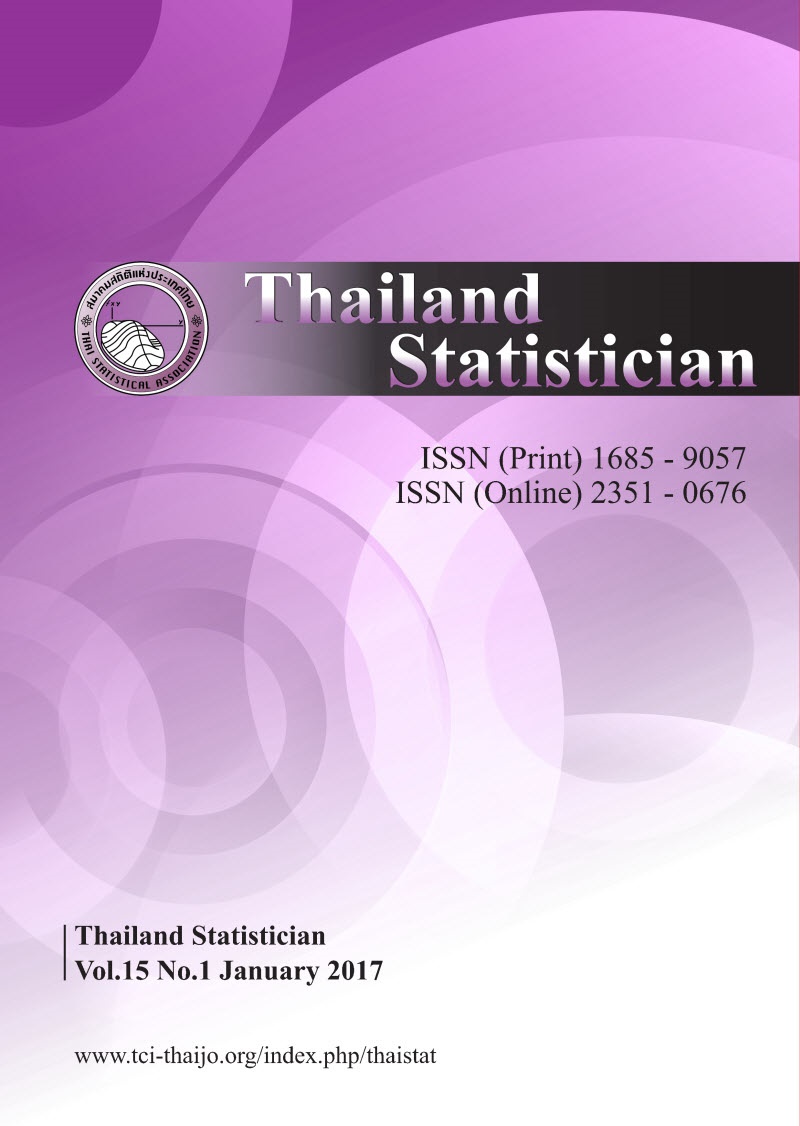An Integral Equation Approach to EWMA Chart for Detecting a Change in Lognormal Distribution
Keywords:
average delay, average run length, exponentially weighted moving average, integral equations, quadrature rulesAbstract
The Exponentially Weighted Moving Average (EWMA) procedure is a popular chart in quality control and surveillance for detecting small changes in parameters of distribution. We use the Integral Equation approach to compute properties of the EWMA chart when observations are lognormally distributed. We compute the Average Run Length (ARL) of false alarm times and Average Delay (AD) of true alarm times by numerical solution of the Integral Equations and then compare the results with Monte Carlo simulations. A discussion of the efficiency of the different quadrature rules that can be used for numerical integration is given. We use the Integral Equation approach to obtain tables of optimal parameter values for one-sided lognormal EWMA designs. For given ARL values of 300 and 500 and out-of-control-parameter values of 0.1 - 0.9, tables are given of optimal values for weights and alarm boundaries and for optimal AD. The Gauss-Legendre rule for numerical result of the Integral Equations is superior to other rules. Also, the Integral Equations approach is much better than MC because its computational time is much less than the latter especially, for finding an optimal parameter of EWMA designs.Downloads
How to Cite
Areepong, Y., & Sukparungsee, S. (2015). An Integral Equation Approach to EWMA Chart for Detecting a Change in Lognormal Distribution. Thailand Statistician, 8(1), 47–61. retrieved from https://ph02.tci-thaijo.org/index.php/thaistat/article/view/34297
Issue
Section
Articles




